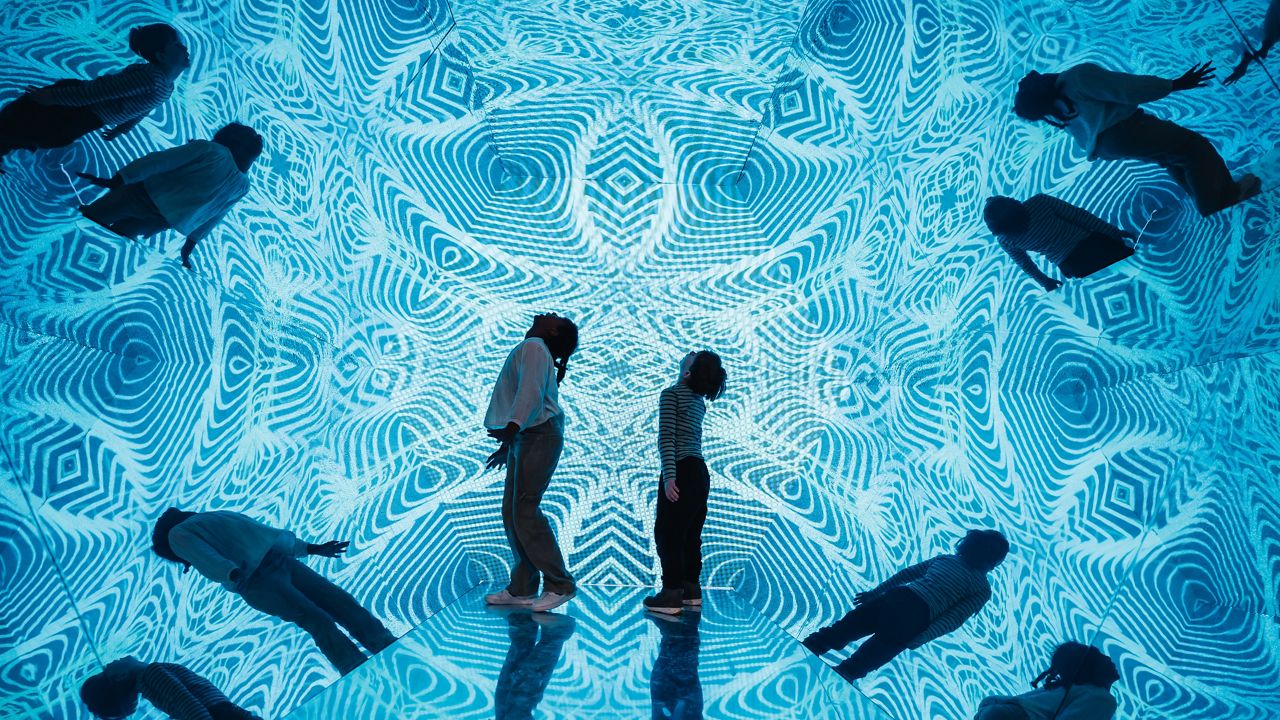ST. LOUIS — Educators in the St. Louis area can now access a new curriculum filled with lessons that expand upon immersive exhibits such as illusions, perception and optical phenomena experienced at the Museum of Illusions.
The St. Louis Museum of Illusions opened at City Foundry back in May. With nearly 50 locations in 25 countries, the concept has become the largest and fastest-growing chain of private museums globally.
More than 9,000-square feet of space is dedicated to a variety of optical illusions and visual perception, including the Walk-in Kaleidoscope, Vortex Tunnel and Infinity Room at City Foundry.
Each exhibit challenges perception and ignites the senses.
The K-12 curriculum was developed by STEM.org Educational Research thanks to a partnership with the Museum of Illusions. It recently launched in 10 museums across the country, including City Foundry.
Over the past year, museum officials consistently heard from parents and teachers about wanting to extend some of the learning taking place on site, according to Julissa Noyola, director of sales and partnerships.
“This was sort of our ability to meet their need,” she said. “We wanted to create this curriculum that was informative, educational, but also really fun and memorable for them.”
The curriculum is free for educators and homeschool groups when they book a class field trip to the Museum of Illusions.
It offers a variety of lessons for kindergarten through 12th grades that go together with the museum’s exhibits of illusions and optical phenomena in relation to science, technology, engineering and math.
Once they register their class for a field trip, teachers can access the curriculum online and choose which lessons are best suited for their grade level.
They can start using the lessons before, during and after the field trip for a “holistic, full circle” experience, Noyola said.
Some lessons also incorporate budget-friendly projects too.
“We just really saw this value in this STEM-based curriculum,” Noyola said.
“A lot of cultural and educational attractions around the country are looking at more ways to create these learning opportunities. We already had them there, we just didn’t have the curriculum that was specifically designed to enhance those experiences.”
Noyola said STEM.org Educational Research is renowned in their industry and helped the Museum of Illusions develop the “perfect” curriculum for educators and students.
“We plan to be doing more things with them in the future, so we're excited (for) this meaningful partnership,” she said.
Museum officials are excited to see how educators respond to the new curriculum, Noyola said, adding that they will be seeking feedback to make any adjustments.
“We'll be doing a lot of one-on-one surveying with them to see what they saw was helpful, maybe what could be a little different as we continue moving forward with this curriculum,” she said.
Teachers who go to the museum with their families can present their school ID for free admission, according to Noyola.
For more information, visit Museum of Illusions’ website.



